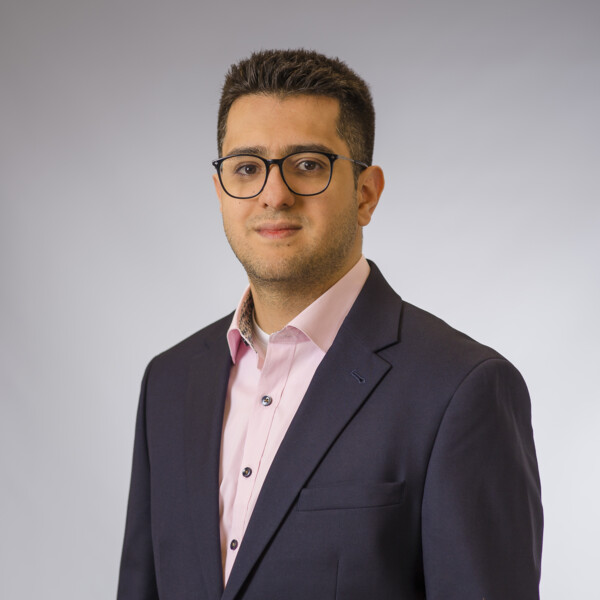About the thesis defence
On Friday 26 May Mohammad Reza Saleh Sedghpour, Department of Computing Science, Umeå University, defends his thesis entitled Towards Self-Driving Microservices. The defense will take place at 1:00 pm in Aula Anatomica (BIO.A.206), Biologi building, Umeå University, Umeå. The faculty opponent is Professor Dr. Cesare Pautasso, University of Lugano, Switzerland.


